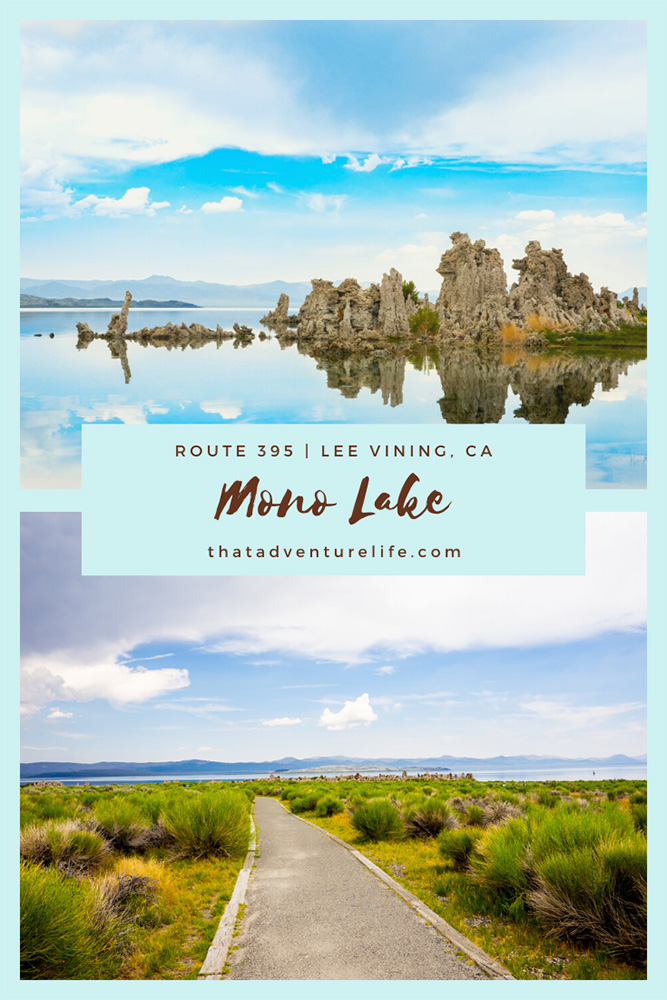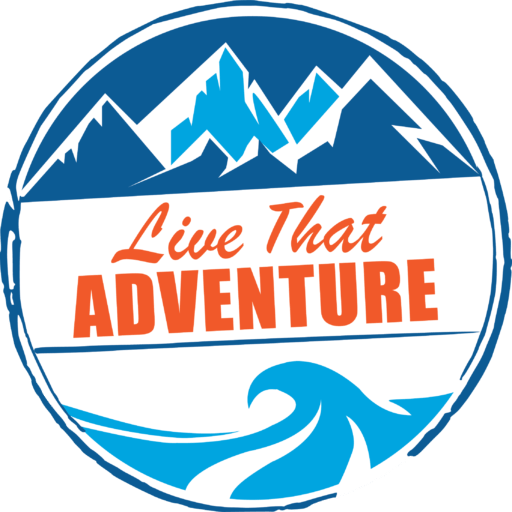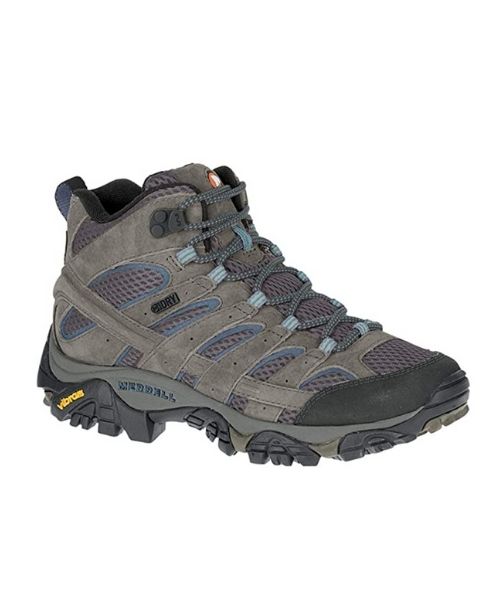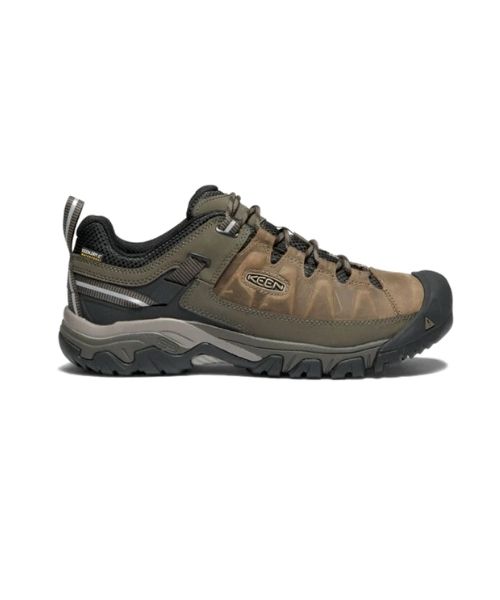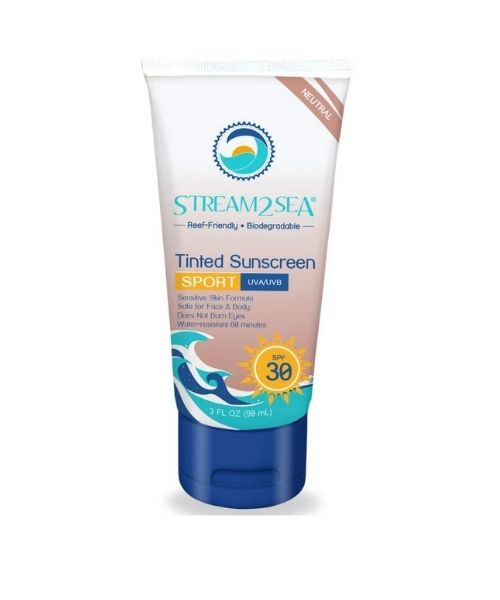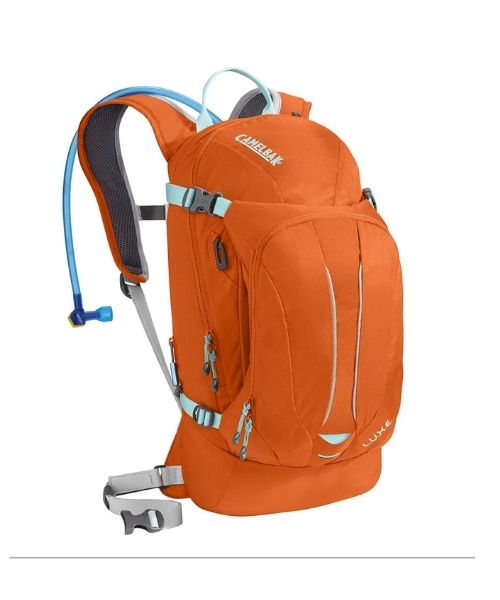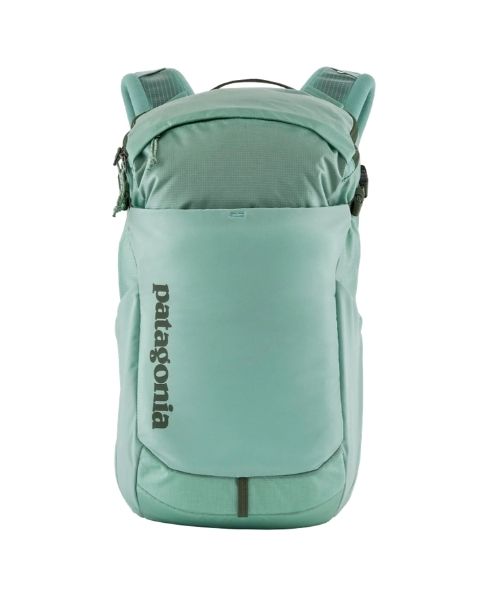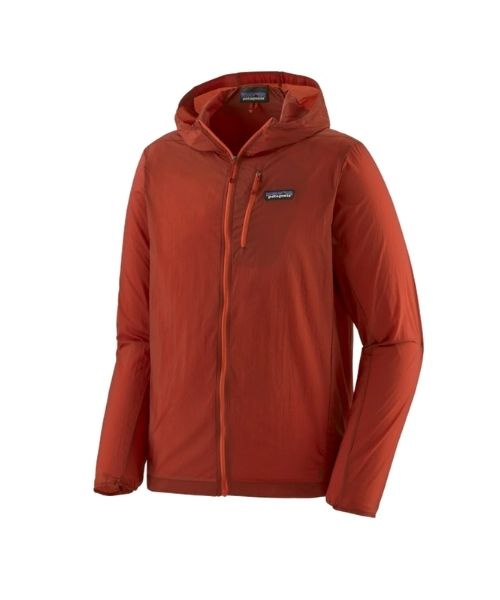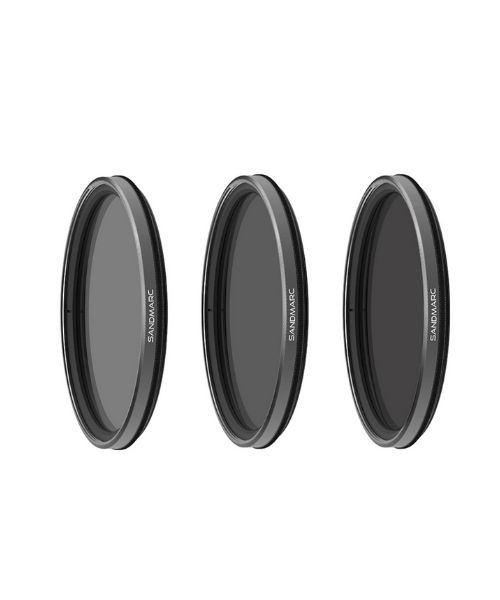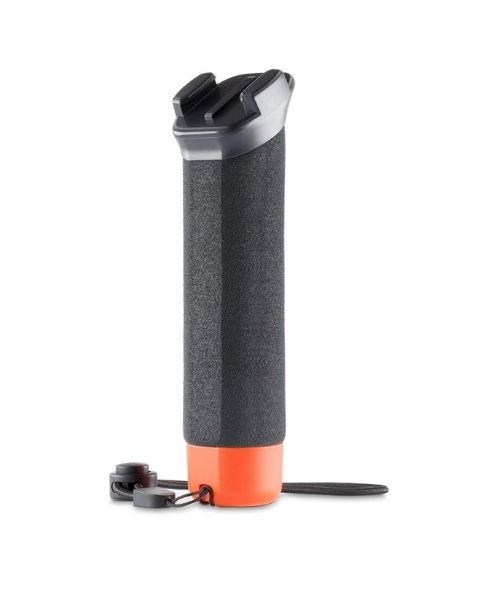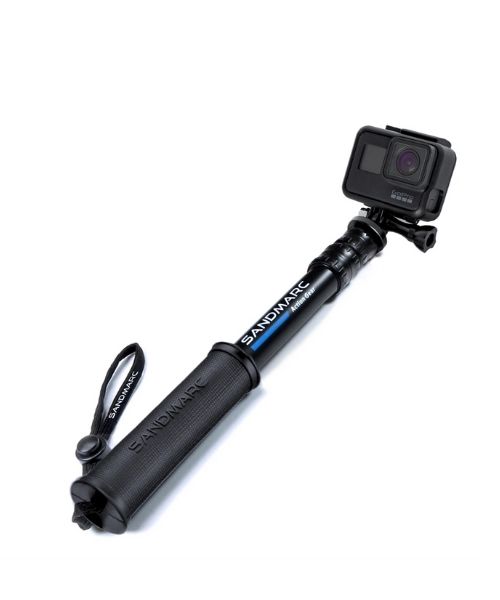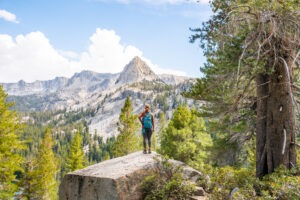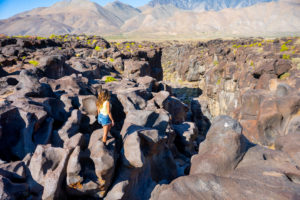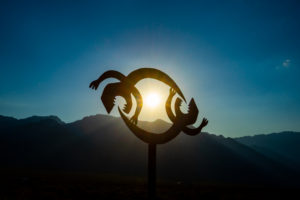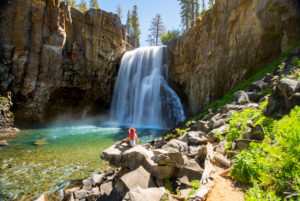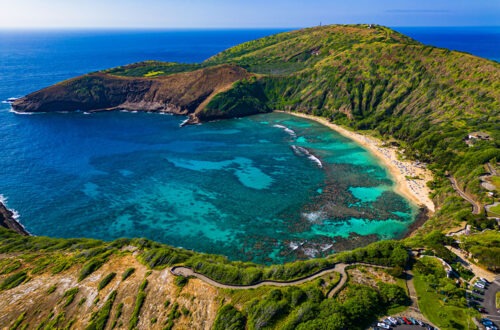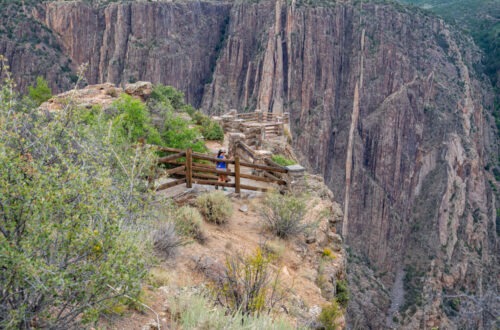Another gem along Route 395 is the ancient and unusual Mono Lake. It looks like something from another planet. Mono Lake is believed to be one of the oldest lakes in North America with an age of somewhere between 750,000 to 3 million years old. It covers an area of roughly 45,133 acres and has a maximum depth of 158 feet. It is also almost three times as salty as the ocean.
Note: Please make sure to respect this beautiful place and the surround areas. Always practice LEAVE NO TRACE. PLEASE MAKE SURE TO STAY OFF THE TUFAS! You are not allowed to climb on them since they are very fragile. Please be respectful so the rest of us can enjoy the beauty of Mono Lake in the future.
Stats
Where
Mono Basin Visitors Center – Coordinates: 37°58’1.09″N 119° 7’12.41″W
South Tufa trail –Coordinates: 37°56’19.52″N 119° 1’37.35″W
Parking
There is a large dirt parking lot at the beginning of the trail.
Restroom
There are restrooms at the parking lot.
Fee
There is a $3 fee for parking that can be paid at the fee station.
Weather
Distance
0.8 miles if you walk all the way to the end and back
Elevation Gain
About 31ft
Level
Easy
Time:
30 mins – 1 hour
Pet-friendly
yes, but dogs must remain on a leash
Ideal Weather
The trail is completely exposed so cooler months will be better. However, there is snow in the winter.
Ideal Time
Evening light with the Tufa’s is gorgeous.
Video
About the Tufas in Mono Lake
So, what in the world is tufa? Tufas are the alien looking rock forms that are protruding from the ground. Mono Lake is very salty. Its water contains chlorides, carbonates, and sulfates which all team up to give the water a ph level of 10. That is almost 3 times as salty as the ocean! This means that Mono Lake is considered a highly alkaline lake or what is known as a “soda lake”. It also has an extremely high level of dissolved inorganic carbon.
The lake water mixes with subsurface water that pours into the bottom of Mono Lake through small springs. High levels of dissolved calcium ions in these subsurface water cause huge amounts of calcite to build up around the spring orifices. The tufas originally form at the bottom of the lake. It doesn’t happen overnight. It takes many decades or even centuries to form these tufa towers. When lake’s level fell, the limestone tufa towers rose above the water surface and stood as the iconic pillars that you see today.
You might think Mono Lake is a dead lake because of the salt level. However, it is actually home to algae, a unique species of brine shrimp and tons of Alkali flies. It is also very popular with California Gulls, Snowy Plovers, Eared Grebes, and 81 other species of water birds.
The Adventure
Getting to Mono Lake
Even though it is spelled Mono, we were actually informed by a friendly ranger that it is pronounced “moan-o”. The Visitor Center is a great place to start. It is packed full of information about how the famous Mono Lake’s tufas are formed along with other fascinating facts. From there, we highly recommend going to go see the tufas for yourself. Make sure to search for South Tufa area on the map or use the coordinates from above, otherwise, google map seems to take you to the wrong area. The Visitor Center is about 7.5 miles from the actual trail.
The Trail to the Tufas
The trail to go out to the tufas on Mono Lake is a flat and paved path. At 0.18 miles, the trail changes from pavement to a little wooden plank walkway. This will take you all the way to the water’s edge. From there, it will be a dirt trail looping around the lake and the tufas. As you get closer, you can start to see the bizarre tufas rising up from the basin. It looks like you’ve entered a completely different world.
The Beautiful Mono Lake
The awesomeness of Mono Lake is something that you have to appreciate from close up. As we were driving toward it, the tufas don’t look like much from far away. In fact, they look kind of ordinary. We almost wanted to skip this place since the storm was brewing in the horizon. However, as we reached the water’s edge, we were taken aback by how unique and amazing the way the tufas were as they reached up to the sky against the clear, blue water.
Once you stand next to the tufas, you realize how small you are compared to some of these giant limestone towers. This place was reminiscent of our trip to Bryce Canyon. The lake’s water is so clear that on a still day, you can get an almost perfect reflection of the tufas in the water. With the storm brewing in the distance, we were also treated to the gorgeous reflections of the cloudy sky as well. Make sure to spend some time to appreciate the beauty of the mother nature.
While we stood there taking in our surroundings, we heard a faint buzzing sound. That is when we looked down and noticed that the shoreline was covered in a crazy amount of Alkali flies. Luckily, these flies are not at all interested in humans. They moved away as soon as we walked through them. The Alkali flies are an important food source for the brine shrimp, birds, and the Kutzadika’a people long ago. The Kutzadika’a collected the flies’ pupae in shallow water along the lakeshore. Since the pupae are rich in fat and protein, they were an excellent source of food that were dried and used in stews.
We worked our way down the shoreline trying to capture the character of the tufa towers. They are like snowflakes and no two are identical. After spending time taking photos of the area, we follow the loop trail back to the parking lot. Just follow the arrow, you won’t get lost. We recommend doing the loop trail instead of just going back the same way. It is quite beautiful.
As we were leaving, we realized that you can actually kayak at Mono Lake. So our next stop will be our attempt to paddle through the lake with our kayaks. It will be interesting to see how they react to high salinity. Supposedly, they will float a little higher in the water. We will have a follow-up article after we experience that. Meanwhile, don’t forget to check out Hot Creek Geological Site for a quick stop to visit the super cool geothermal pools.
These are the gear that we personally use and find them helpful for this particular adventure. Don’t forget to check out our Recommended Gear section as well.
adventure gear
Good hiking shoes are recommended on these adventures. Vy uses the Merrell Women’s Moab 2 hiking boots
Dustin’s shoes are Targhee III Waterproof
Make sure to use lots of sunscreens! We use eco-friendly, reef-safe sunscreen, Stream2Sea SPF 30.
Face sunscreen is also important. We love these tinted, organic All Good Organic Sunscreen Butter.
You should always bring plenty of water. Vy loves the Camelback L.U.X.E.
For shorter hikes, the Patagonia Women’s Nine Trails Pack 18L is perfect to hold water and your essentials.
If you want something lighter, we love the packable Patagonia Women’s Houdini® Jacket and Patagonia Men’s Houdini® Jacket
other things to bring
Always good to bring some snacks with you. For healthy and easy snacks, check out some of our recipes.
camera gear
Related Posts
Save your pins:


